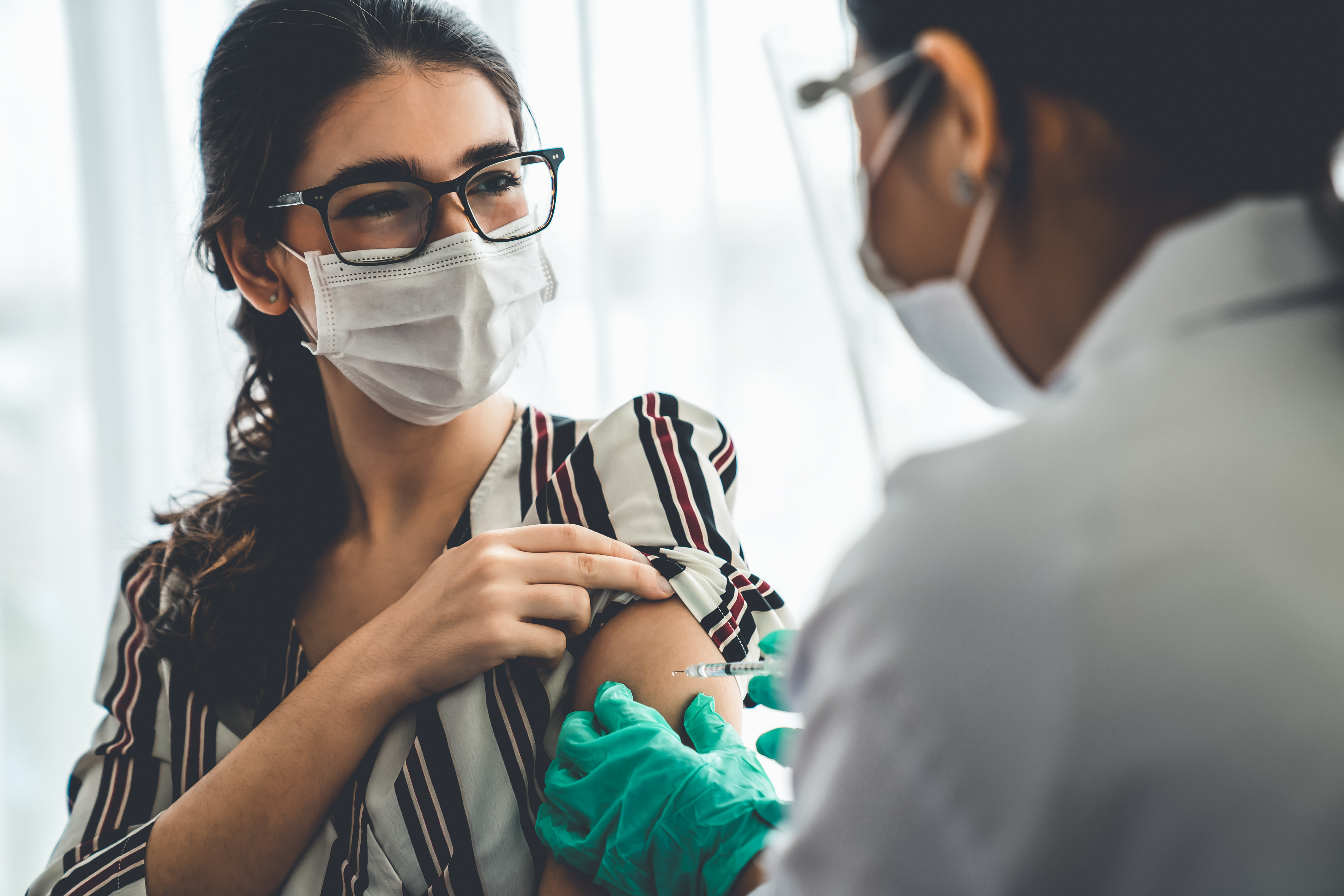As the days become shorter and the nights become cooler, we turn our attention to one of the most prominent health awareness months: Breast Cancer Awareness. With approximately 1 in 8 women in the US diagnosed with invasive breast cancer at some point in their lives and 1 in 43 dying from the disease, it’s critical that we explore ways to improve the early screening and detection rates across the country.
In 2023, community health centers (CHCs) across the country reported an average breast cancer screening rate of 52.4% across eligible health center patients. This represents a 16% increase compared to 2020 screening rates, but still well below the rates reported by the National Committee for Quality Assurance (NCQA) for both commercial and medicare beneficiaries. As part of the Biden Cancer Moonshot initiative, the Health Resources and Services Administration (HRSA) will invest over $25 million to health centers through their Accelerating Cancer Screening Initiative (AxCS) to improve access to cancer screening and early detection. Whether organizations are looking to improve their breast cancer screening rates for the AxCS initiative, for value-based care contracts they are participating in, or simply to better serve their communities, practices can take a data-driven approach to quality improvement.
What is Six Sigma?
There are many methods for developing and implementing a quality improvement initiative from Plan-Do-Study-Act cycles to Kaizen. One method used by many healthcare organizations is a Lean Six Sigma approach. Six Sigma is a quality improvement methodology with origins in the automotive industry. Six Sigma aims to reduce variation in outcomes of a process, with the addition of Lean to include reducing waste and creating efficiencies.
How is Six Sigma used in healthcare?
The Six Sigma approach has many practical applications across the healthcare industry. Hospitals can leverage Six Sigma to streamline operations by reducing ER wait times or improving patient safety by reducing infections. In the primary care setting, ambulatory practices can utilize Six Sigma to ensure they have enough supplies or staffing to meet the demand of their patients. When it comes to quality improvement the Six Sigma approach can identify areas of workflow improvement.
Six Sigma & Azara DRVS for Quality Improvement
The Six Sigma approach leverages the acronym of “DMAIC” (Define, Measure, Analyze, Improve, Control) to create a roadmap for sustainable quality improvement.
D - Define
With Define, the individual identifies the scope of the problem and goal for improvement. In DRVS, users can review the info snippet to understand the measure criteria and set targets to visualize the goal thresholds. Use programs like the Healthy People 2030 targets to create benchmarks for improvement.
M - Measure
During the Measure step, review current measure performance. As an organization, what is your current breast cancer screening rate? Leverage the measure analyzer in DRVS to understand your current performance, as well as compare across your network and to any targets you have set.

A - Analyze
With Analyze, dive into the data to explore what is driving current performance. In DRVS, this means leveraging filters and grouping options to explore trends by factors such as providers, locations, or patient characteristics. Asking yourself ‘why’ during this step helps identify where there are opportunities for improvement. Are there certain providers performing above or below their peers? Do certain patient populations have a lower compliance rate compared to the organization average?

I - Improve
Once you analyze the data and identify variation, you then take action in the Improve step. Here, individuals and organizations implement specific strategies to improve performance. This could include leveraging the Patient Visit Planning (PVP) report in DRVS to alert care teams of patients missing or due for a mammogram, training teams on proper documentation of scanned mammogram results, or partnering with community-based organizations to provide culturally-tailored information to key populations.
The Azara Effect: Did you know that CHCs that leverage the DRVS PVP were significantly more likely to have higher breast cancer screening rates compared to those that don't?
C - Control
The last step of the Six Sigma process is to Control your results. Continuous monitoring of your results ensures that improvements are sustainable and can be maintained over time. Consider creating a custom dashboard in DRVS and setting up an email subscription to share measure results across the organization on a regular basis.
Health awareness months offer a great opportunity to dive into your data and create plans for quality improvement, but consistent review throughout the year is key for continuous improvement. Check out our Six Sigma improvement packages in DRVS Help for breast cancer, diabetes A1c, and chlamydia screening as you develop year-round improvement initiatives.
If you utilize Six Sigma or any other quality improvement process to improve measure performance or are working hard on your breast cancer screening, we would love to hear from you and highlight your work in our ACE program.



